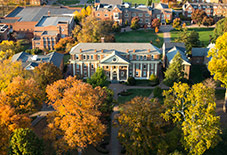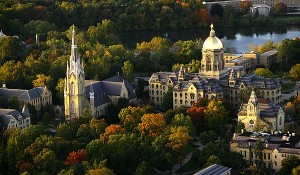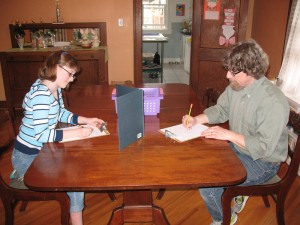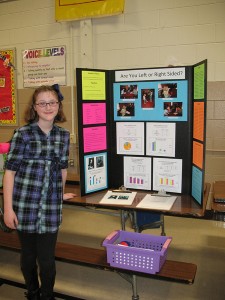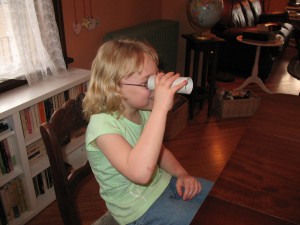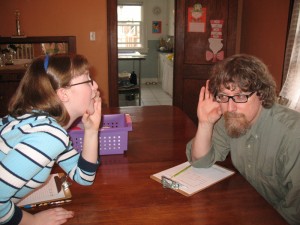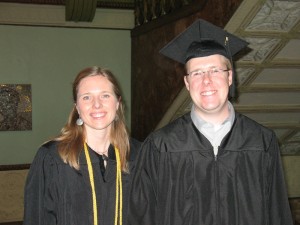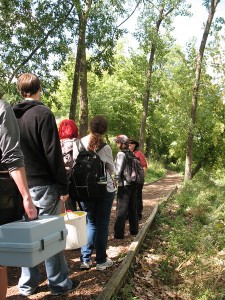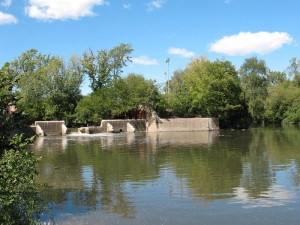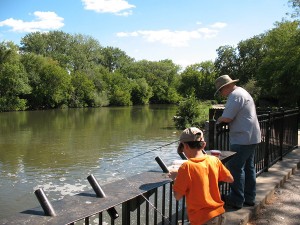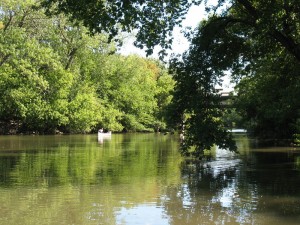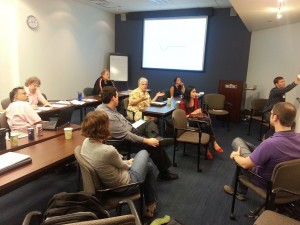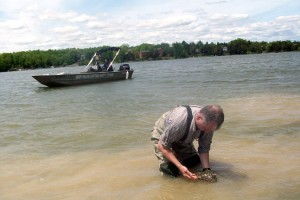
This past week I’ve come across two fascinating and instructive news articles about biologists in NY and IL doing important research in different contexts, with instructive lessons for how we conserve biodiversity in the face of urbanization and invasive species. Today’s NY Times‘ Science Times section features this piece on Daniel P. Molloy, a biologist at the New York State Museum who has spent his career studying and developing environmentally-safe biological controls for invasive species, such as the notorious zebra and quagga mussels that plague the Great Lakes ecosystem.

The other story, from my own state of Illinois, appeared on Feb. 6th in Illinois Times (Springfield) — a long feature article on the work of H. David Bohlen, who has studied the bird populations of Sangamon County in Central IL for a continuous 40-year period and just released a massive two-volume report on his research. Bohlen is a biologist with the Illinois State Museum in Springfield. His 2013 report, “A Study of the Birds of Sangamon County, Illinois, 1970-2010,” can be found here as pdfs (Volume 1 and Volume 2).
The valuable work of these two scientists illustrates several points about the impact of biological research in conserving biodiversity and making ecosystems more sustainable. Molloy’s research strives to find and implement natural biological controls (such as a species of bacteria) for invasive species, not just to effectively mitigate their impacts on the food chain but also to avoid using chemical toxins and further polluting freshwater aquatic systems as a means of “saving” them. His work also demonstrates the increasing prominence of microbiology in sustainability science, which is also a key starting point for developing biofuels (itself a really hot topic!).
Bohlen’s field-based research method, by contrast, is a throwback to the organismal field studies of natural history that were common in the 19th century but have largely fallen out of favor with the biological mainstream’s emphasis on cellular- and molecular-level work. Yet Bohlen’s phenomenal 40-year record of avian biodiversity in a representative Midwestern farm county shows how the land use changes resulting from decades of urbanization and industrial agriculture have negatively impacted the diversity and abundance of bird species in the Illinois landscape. It also illustrates what you can accomplish by walking around, observing, and recording systematic phenological data over a long-term timeframe.
